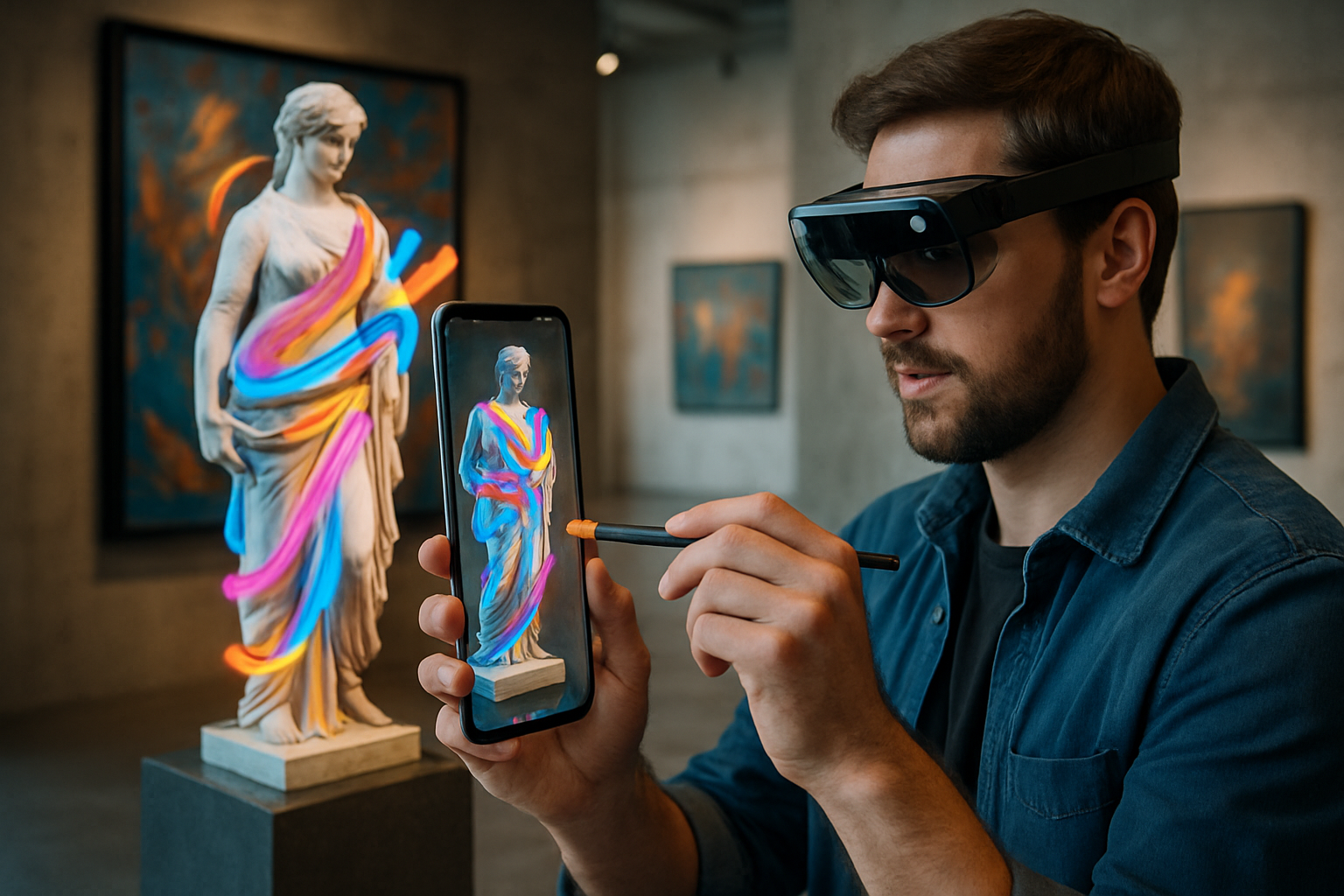Holographic Sculptures: The Next Frontier in Visual Art
In the ever-evolving landscape of contemporary art, a groundbreaking medium is captivating audiences and pushing the boundaries of visual expression. Holographic sculptures, a fusion of cutting-edge technology and artistic vision, are emerging as the next frontier in the art world. This innovative form of creation challenges our perceptions of space, light, and reality, offering viewers an immersive and interactive experience unlike anything seen before. As galleries and museums around the globe begin to embrace this new medium, holographic sculptures are poised to revolutionize the way we interact with and appreciate art in the 21st century.

From 2D Holograms to 3D Sculptures
The evolution from flat holographic images to fully three-dimensional holographic sculptures represents a quantum leap in the field. This progression has been driven by advancements in laser technology, computer-generated imagery, and spatial light modulation. Modern holographic sculptures utilize complex algorithms and high-powered lasers to create floating, ethereal forms that can be viewed from multiple angles, often without the need for special viewing equipment.
The Technical Marvel Behind the Art
Creating a holographic sculpture involves a intricate process that combines artistry with advanced physics. Artists work with specialized software to design their three-dimensional concepts, which are then translated into interference patterns. These patterns are projected using powerful lasers and sophisticated optical systems, creating the illusion of solid objects suspended in space. The result is a mesmerizing interplay of light and form that challenges our understanding of physical reality.
Artistic Possibilities and Limitations
Holographic sculptures offer artists an unprecedented canvas for creativity. The medium allows for the creation of forms that defy gravity and physical laws, enabling artists to realize visions that would be impossible in traditional sculpture. From abstract compositions of light and color to hyper-realistic representations of living beings, the range of artistic expression is vast. However, the technology also presents unique challenges, including limitations in size, color reproduction, and the need for controlled lighting environments.
Cultural Impact and Future Prospects
As holographic sculptures gain prominence in the art world, they are sparking discussions about the nature of materiality in art and the role of technology in creative expression. Museums and galleries are adapting their spaces to accommodate these ethereal works, while collectors grapple with the concept of owning art that exists primarily as light and data. The medium’s potential extends beyond the art world, with applications in education, scientific visualization, and entertainment on the horizon. As technology continues to advance, holographic sculptures may well become a defining art form of the 21st century, blurring the lines between the physical and the virtual in ways we are only beginning to imagine.




